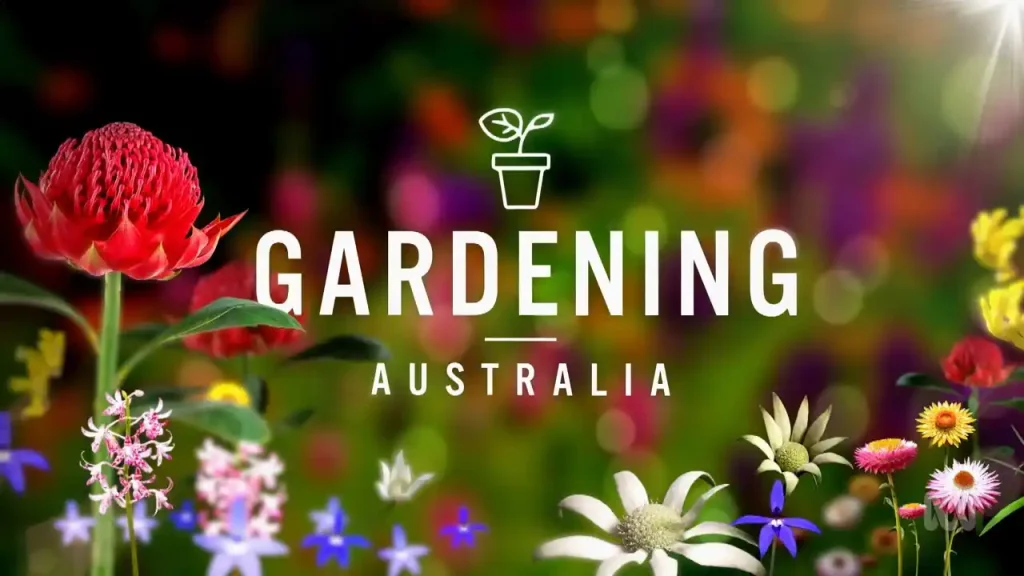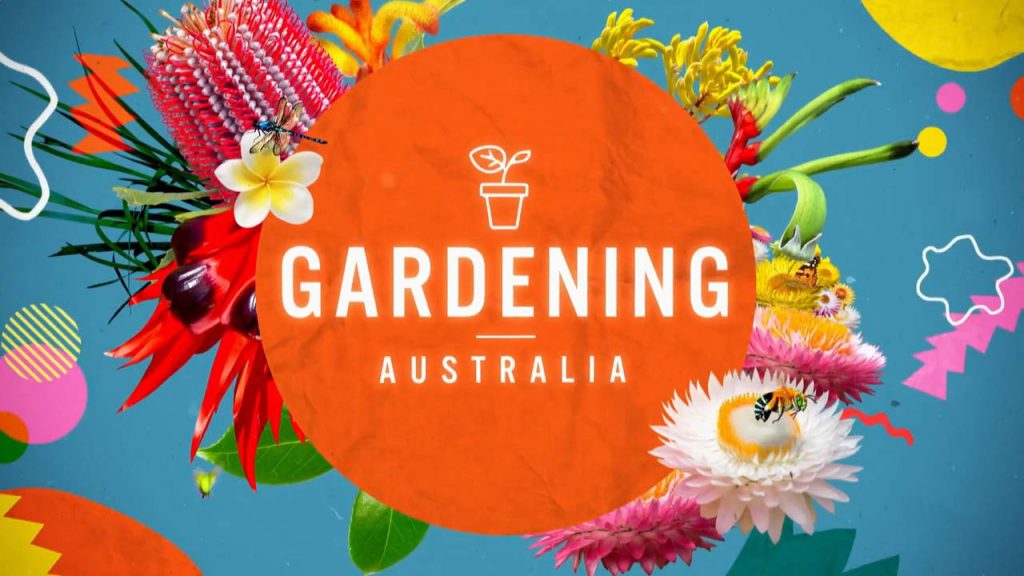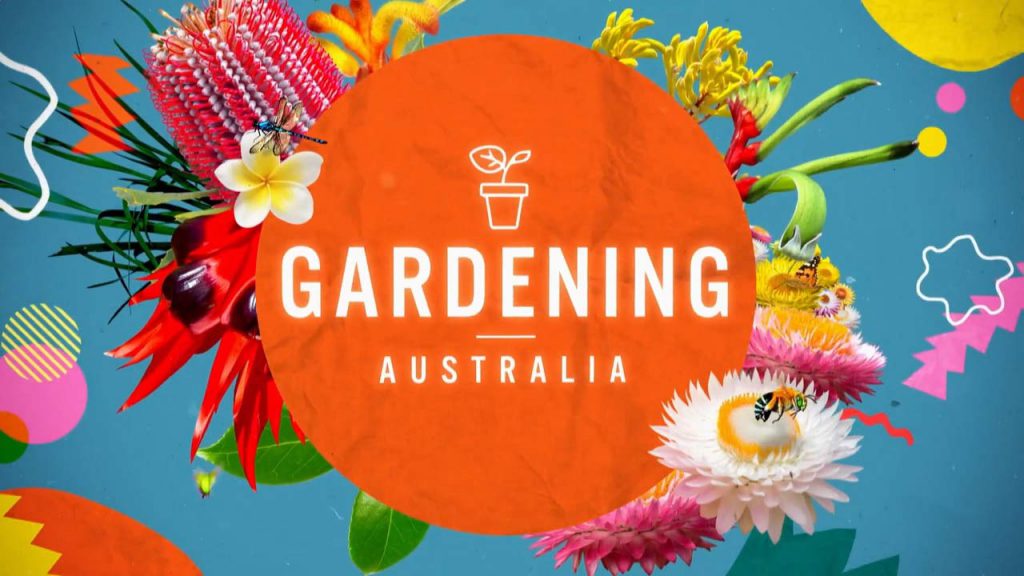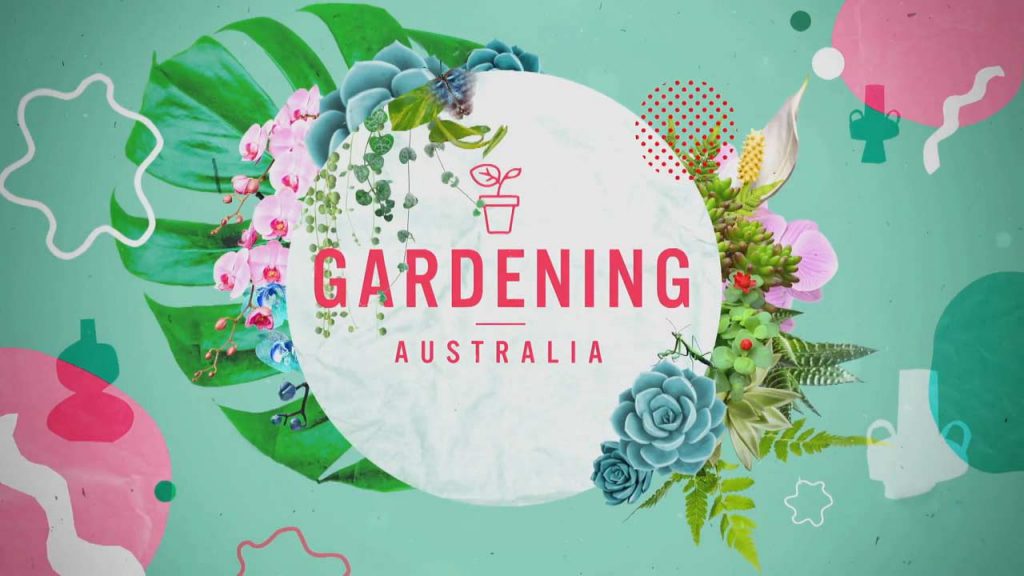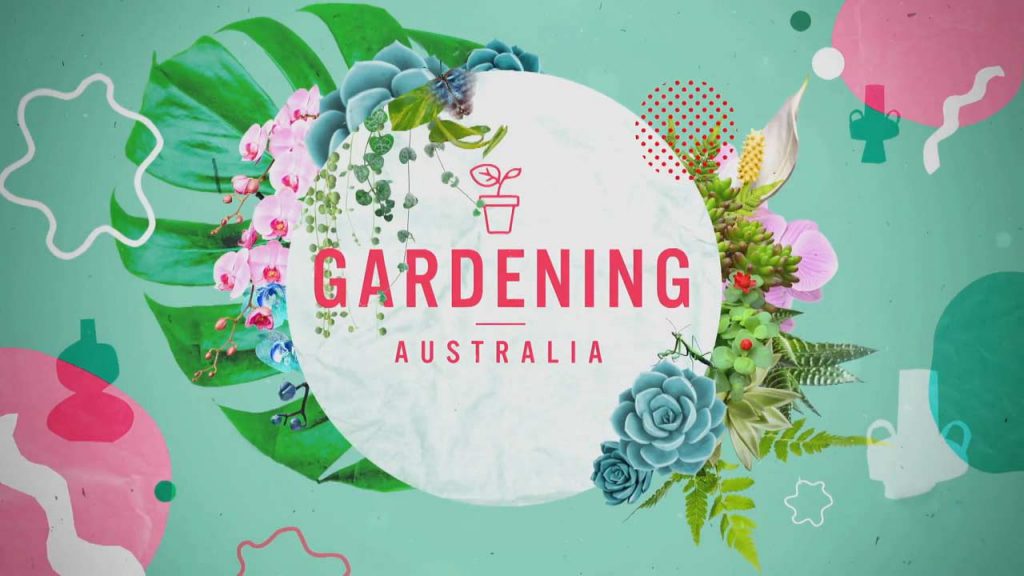Gardening Australia episode 12 2023: In this episode, we visit some amazing places and people who are passionate about gardening and sustainability. We join Costa as he helps a group of enthusiastic gardeners create a beautiful and accessible space for everyone to enjoy. We follow Hannah as she discovers how a ski resort is minimizing its impact on the environment and wildlife. We marvel at a clever house design that Josh shows us, which uses natural elements to achieve energy efficiency and comfort. We learn from Jerry how to select native plants that suit different climates and conditions. We get some practical advice from Sophie on how to improve the health and fertility of our soil. We join Jude as she shows us how to grow a variety of delicious and nutritious salad greens in pots. And we meet a rose breeder who shares his secrets on how to create stunning and fragrant roses.
Gardening Australia is more than just a television show – it is a national treasure that has been educating and inspiring Australian gardeners for over three decades. Since its debut in 1990, this award-winning programme has featured a team of expert gardeners and horticulturists who share their wisdom and tips on various gardening topics. Whether you need advice on choosing the right plants for your garden, dealing with pests and diseases, or creating a stunning landscape, Gardening Australia has you covered.
Gardening Australia also takes you on a journey across the amazing horticultural diversity of this vast and beautiful country. You will discover the incredible variety of gardens and plant life that thrive in different climates and regions of Australia. From the lush tropical gardens in the north to the spectacular wildflower displays in the west, Gardening Australia will inspire you with a glimpse into the nation’s botanical wonders.
Gardening is one of the most popular hobbies in Australia, with more than four out of five households having their own garden. Gardening is not only good for your health and wellbeing, but also for the environment and wildlife. Gardening Australia also showcases some of the innovative projects and initiatives that are transforming the way we garden and live sustainably.
Gardening Australia episode 12 2023
Infill Inspo
When introducing a new architectural style into an established neighbourhood it’s important to respond to the existing character. This home bridges the old and the new through good design and clever use of plants. Infill housing is an innovative way of using land more efficiently, by building new homes in small parcels of premium real estate. These buildings have a smaller footprint and make living near the city more accessible, but it isn’t always easy to get it right. The potential loss of garden space and tree canopy is a contentious issue with infill housing, meaning good design of both the house and garden are absolutely critical. What this home proves is that a climate responsive house on a small parcel of land can replicate 100% of the plot surface with gardens and be a completely livable and stylish solution.
Architect Jimmy Thompson designed his own home with plants in the forefront of his mind. Situated at the rear of a subdivided block, this home blurs the lines between the landscape and the building itself. Jimmy says, “from a philosophical point of view… I think it’s just so important that we don’t distinguish between architecture and landscape, really, they need to be enmeshed.” Jimmy says by using this site, he could “borrow the adjacent landscape.” Creating gardens on raised walls provided boundaries without fences which further enmeshes these ideas of architectural landscape.
FAQs – Coffee ground fertiliser | Yellowing fern | Epiphytes vs lithophytes
Can I use coffee grounds as fertiliser on my plants?
Yes, you can use coffee grounds as fertiliser on your plants, but only on certain ones. Coffee grounds are a good source of nitrogen, which is essential for plant growth and development. They also contain small amounts of phosphorus, potassium, and other micronutrients that are beneficial for the soil. Coffee grounds are a slow-release fertiliser, meaning they release nutrients gradually over time.
However, coffee grounds are also acidic, which means they can lower the pH of the soil. This can be good for some plants that prefer acidic soil, such as azaleas, rhododendrons, blueberries, and hydrangeas. But it can be harmful for plants that prefer alkaline soil, such as lavender, lilacs, and clematis. Therefore, you should only use coffee grounds as fertiliser on plants that like acidic soil.
To use coffee grounds as fertiliser, you can simply sprinkle them on top of the soil around your plants and lightly mix them with the top layer of the soil. You can also dilute leftover black coffee with water and pour it over the soil. Do not add any milk or sugar to the coffee, as this can attract pests and cause fungal problems. You can also add coffee grounds to your compost pile, where they will help balance the carbon to nitrogen ratio and attract worms.
Using coffee grounds as fertiliser can have some other benefits for your garden. They can improve the aeration, drainage, and water retention of the soil by adding organic matter. They can also support the growth of beneficial microorganisms that help keep the soil healthy. Coffee grounds can act as a mulch that prevents weeds from growing and retains moisture in the soil. They can also repel some pests such as slugs and snails, and deter cats from using your garden as a litter box.
Using coffee grounds as fertiliser is a great way to recycle your used coffee and give your plants a boost of nutrients. Just make sure you use them on plants that like acidic soil and do not overdo it. A little bit of coffee goes a long way in your garden.
Why is my fern turning pale yellow?
If it’s a gradual, overall change, the paler colour may be due to too much sun. Some tougher ferns will grow well in stronger sun and naturally change colour to chartreuse. If your fern is well fertilised and you’re okay with the colour change, you can leave it as it is. Otherwise move it to a more filtered position to reset the colour.
What’s the difference between an epiphyte and a lithophyte?
An epiphyte is a plant that grows on another plant, but does not take nutrients or water from it. An epiphyte uses its host plant as a support and gets its nutrients and water from the air, rain, or debris that accumulates around it. Some examples of epiphytes are bromeliads, orchids, and some ferns.
A lithophyte is a plant that grows on or in rocks. It can be classified as either epilithic or endolithic. Epilithic lithophytes grow on the surfaces of rocks, while endolithic lithophytes grow in the crevices of rocks. Lithophytes can also be classified as either obligate or facultative. Obligate lithophytes grow only on rocks, while facultative lithophytes can grow on rocks or other substrates. Some examples of lithophytes are mosses, some orchids, and some ferns.
The main difference between an epiphyte and a lithophyte is the type of substrate they grow on. Epiphytes grow on living plants, while lithophytes grow on non-living rocks. Both types of plants have adaptations to survive in harsh environments with limited nutrients and water availability.
Down & Dirty
Just like their above ground requirements, plants also have varying preferences when it comes to their below ground environments. By understanding the unique soil conditions that each of your plants thrives in, you can create a thriving garden with diverse soil types catering to the specific needs of each plant. Soil is essential for holding nutrients, air, and water, and is where plants send their roots to feed. Join us as we explore the “menu” of soil environments that your garden plants will love.
Appetizers:
Australian Natives and Figs Many Australian native plants are light feeders and require minimal soil additives to flourish. These local species can often be found thriving in former farmland areas and usually only need a layer of bark mulch to mimic the natural decomposition of a bushland floor.
Similarly, fig trees prefer small, slow feedings. Their roots grow close to the surface, so to prevent fruit drop, it’s essential to layer them with woody mulch. This helps add nutrients slowly, keeps the shallow roots moist, and fosters a mycorrhizal environment.
Main Course:
High Turnover Vegetables Vegetables like lettuce have a voracious appetite for nutrients. They grow best in soils rich in organic matter, such as well-decomposed compost, manure, and liquid fertilizers. Organic matter provides a complex soil structure for nutrient retention, moisture conservation, and a generous supply of nutrients. To enhance the bio-flora of the soil, consider adding pea straw mulch to your garden beds.
Desserts:
Nutrient-Loving Plants Some plants, like pumpkins, tomatoes, and New Guinea beans, crave nutrient-dense soil conditions. When preparing beds for these heavy feeders, generously incorporate half-rotten organic matter. However, be cautious not to expose plant roots to raw compost material, as it can cause burning or compaction as it breaks down.
Composts and manures are soil-improvers but lack inorganic elements like rock particles, sand, silt, and clay, which are crucial for soil structure, aeration, and nutrient retention. Ideally, inorganic materials should make up at least 40% of your soil mix, while organic materials should be limited to 5-25%. A little goes a long way in improving soil quality, so ensure you tailor these elements to suit your plants’ preferences.
Satisfying Your Garden’s Soil Cravings Embrace the diversity of soil needs in your garden and learn what type of environment will help your plants prosper. By catering to your plants’ specific soil tastes, you’ll create a thriving and diverse garden that will be the envy of every green thumb. What will you be serving up in your garden today?
Conclusion
Understanding the different soil preferences of the plants in your garden is crucial for their overall health and growth. By catering to each plant’s unique needs, you’ll be able to create an environment in which your plants can thrive and your garden can flourish. Keep in mind the importance of balancing organic and inorganic materials in your soil mix, as well as the specific requirements for each plant type. By doing so, you’ll enjoy a diverse and lush garden that showcases the best of Australia’s horticultural offerings.
As you continue to cultivate your garden, remember that Gardening Australia is a valuable resource for tips, advice, and inspiration. Their episodes, such as episode 12 in 2023, showcase the passion for gardening and sustainability that is shared by many Australians. By applying the lessons learned from these episodes, you’ll not only create a beautiful space for yourself and others to enjoy, but also contribute to a more sustainable and environmentally-friendly future for our planet. Happy gardening!
